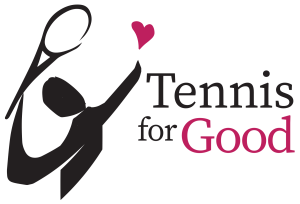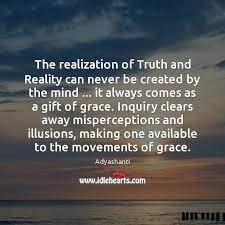 I had a pretty wild vision the other night. I was listening to a brain-entrainment program from IAwake Technologies, and as it was doing its thing, feeding my hemispheres with specialized brainwaves, an immensely clear understanding announced itself to me. I saw our normal selves, our normal egos, as — cue the wordplay — a many-storied house.
I had a pretty wild vision the other night. I was listening to a brain-entrainment program from IAwake Technologies, and as it was doing its thing, feeding my hemispheres with specialized brainwaves, an immensely clear understanding announced itself to me. I saw our normal selves, our normal egos, as — cue the wordplay — a many-storied house.
‘Many-storied’ as in, floors of a house, and ‘many-storied’ as in, ‘many narratives’ — as in, the skins of an onion.
To elaborate: As we grow and evolve through our life, it is in our nature to develop new stories. A typical progression for a straight man in our culture might look like this:
- “The world revolves around me’ becomes ‘the world revolves around my family.”
- “I want to ‘score’ with as many women as I can” becomes ‘I want to love one woman as well as I can.”
And so on.
Sometimes these narratives evolve in a healthy direction, i.e., toward wisdom. Sometimes they spiral in the opposite direction (think of the cranky old man shouting, “Get off my lawn!”). Sometimes the new narratives go neither up nor down but stay relatively flat and bite, so to speak, their own tail.
Now imagine a house of virtually infinite stories that keeps climbing upward toward forever. This is who we are as we navigate this weird mystery called life. Wise, foolish, or indifferent, every one of these stories has something in common — they all are explanations that our minds, which specialize in making meaning, come up with to explain what we’re experiencing.
And enlightenment? That’s the pot of gold at the end of the rainbow, the One True Reality that exists out there in the gloaming beyond our house of many stories. As best as I can make out — in other words, it’s my best current story — the only way to achieve enlightenment is by having the roof blow off that many-storied house of ours.
Enlightenment is ultimately physical and energetic. It is, in other words, an embodied experience. You can’t think your way to enlightenment. Thinking only adds another story to that never-ending house climbing upward toward the stars.
This is why some Eastern traditions integrate kundalini energy into their pathway to enlightenment. Kundalini is a latent energy that exists at the base of the spine that, when released, uncoils up it like a snake and then blows up and out the brain.
A full release of kundalini isn’t for everyone. It’s too intense — for people who aren’t psychologically ready for it, it can take them into delusion and psychosis. But for those who are ready, it can take them from explaining the nature of reality to experiencing it directly, at the cellular level.
And that, my friends, takes you into enlightenment.
IAwake Technologies (now available at your friendly Tennis for Good shop page!) has a kundalini rising program that I plan to try soon. At the age of 73, I’ve climbed a lot of stories in my many-storied house, but I know all too well that there’s still a roof over my head. I look forward to doing kundalini work with an admixture of eagerness and dread. Frankly, I’m not sure I want it to succeed. When your house explodes, it’s a form of death, and even though it will be a good death, no one looks forward to dying.
Now let’s bring this meditation around to tennis. When you’re in the Zone, you’re experiencing the tennis equivalent of enlightenment. You’ve spent your life having other people tell you — and telling yourself — how to be a better tennis player. You have all sorts of stories about how to perform at your very best.
“Racket back early!”
“Quick feet!”
“Still center!”
And so on, ad infinitum, ad nauseam.
This is your tennis house of many stories. None of that will get you in the Zone. And neither will kundalini rising. So how do we explode the roof off the many-storied house of our tennis game and achieve Zone enlightenment? Here’s the good news — there are techniques for doing it. My friend Scott Ford actually teaches this — his book Welcome to the Zone (available soon on your friendly Tennis for Good shop page!) lays it out for you, yellow brick by yellow brick, fuzzy yellow ball by fuzzy yellow ball.
If you do the work, the reward awaits you. Not that there any guarantees: As Adyashanti notes in the attaached quote, achieving enlightenment is an act of grace, but you prepare for it by doing what he calls ‘inquiry.’ What he’s saying: If you prepare the table, the divine just might stop by for dinner.
Similarly with tennis: Do the work, and the Zone may decide (and will decide, if Scott is right, as I believe he is) to pay a visit.
Is enlightenment a subject of interest for you? Do you believe it’s reserved for a special or ‘elect’ class or can normies get there, too?
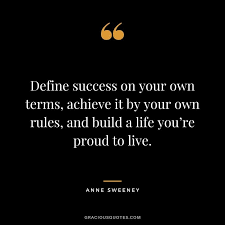 A tennis pal of mine recently said he‘s looking for matches with “good players.” That got me wondering: How do I define ‘good player?’ Is it —
A tennis pal of mine recently said he‘s looking for matches with “good players.” That got me wondering: How do I define ‘good player?’ Is it —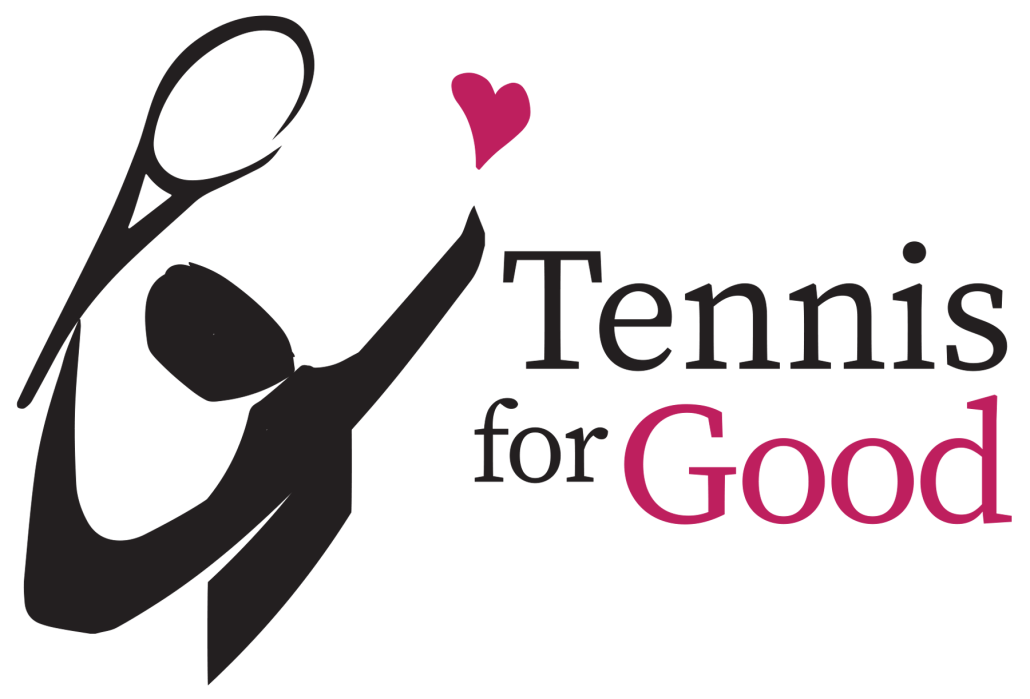
 I recently started teaching tennis at a nearby adult-getaway tennis camp. I’m feeling my way into the work, and I’ve noted some good things and some bad things about my level. I know the game and I have, I believe, an interesting take on it
I recently started teaching tennis at a nearby adult-getaway tennis camp. I’m feeling my way into the work, and I’ve noted some good things and some bad things about my level. I know the game and I have, I believe, an interesting take on it 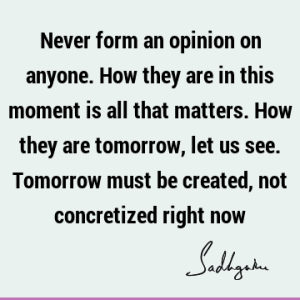 When I play a match against someone whose game I’m familiar with, I go out with expectations.
When I play a match against someone whose game I’m familiar with, I go out with expectations. I had a pretty wild vision the other night. I was listening to a brain-entrainment program from IAwake Technologies, and as it was doing its thing, feeding my hemispheres with specialized brainwaves, an immensely clear understanding announced itself to me. I saw our normal selves, our normal egos, as — cue the wordplay — a many-storied house.
I had a pretty wild vision the other night. I was listening to a brain-entrainment program from IAwake Technologies, and as it was doing its thing, feeding my hemispheres with specialized brainwaves, an immensely clear understanding announced itself to me. I saw our normal selves, our normal egos, as — cue the wordplay — a many-storied house.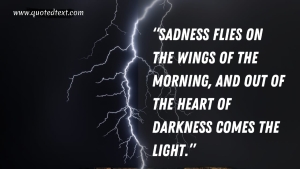 I had a bad day at the tennis office yesterday morning — and it felt great.
I had a bad day at the tennis office yesterday morning — and it felt great. You’re probably familiar with the standard operating procedure for tennis clinics. If it’s for beginners, the teacher feeds balls, keeps the energy level high, and — if they’re doing their job — provides individual feedback. With more advanced students, they typically focus on strategy with the occasional personal tip.
You’re probably familiar with the standard operating procedure for tennis clinics. If it’s for beginners, the teacher feeds balls, keeps the energy level high, and — if they’re doing their job — provides individual feedback. With more advanced students, they typically focus on strategy with the occasional personal tip.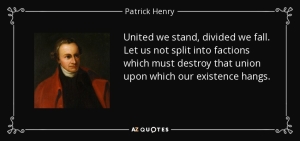 I’m not a big Facebook fan — in fact, I’ve avoided it with a passion for much of the last decade. It was my love of tennis, along with the desire to share my views about the game, that inspired me to grit my teeth and cross the line that for years kept me clear of the “madness of crowds” that seems to be a feature, not a bug, of social media. Yet here I am, active on Facebook as the admin of my own group.
I’m not a big Facebook fan — in fact, I’ve avoided it with a passion for much of the last decade. It was my love of tennis, along with the desire to share my views about the game, that inspired me to grit my teeth and cross the line that for years kept me clear of the “madness of crowds” that seems to be a feature, not a bug, of social media. Yet here I am, active on Facebook as the admin of my own group. Christian Eubanks in a 6’7″ beanpole out of Georgia Tech who’s been an ATP second-stringer since he turned pro in 2017. He always had a big game and all the tools, but he was the sort of player you’d see at Challenger events and the qualies for ATP events, and you’d wonder why he wasn’t doing better.
Christian Eubanks in a 6’7″ beanpole out of Georgia Tech who’s been an ATP second-stringer since he turned pro in 2017. He always had a big game and all the tools, but he was the sort of player you’d see at Challenger events and the qualies for ATP events, and you’d wonder why he wasn’t doing better.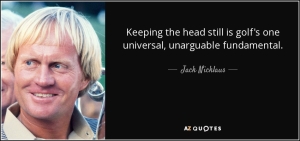 I learned about a specialized form of chiropractic medicine recently. It focuses on the C1 vertebra, which is the one closest to the skull, and it’s called Atlas Orthogonal because, well:
I learned about a specialized form of chiropractic medicine recently. It focuses on the C1 vertebra, which is the one closest to the skull, and it’s called Atlas Orthogonal because, well: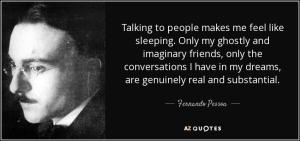 When I go for a drop shot in a match, I invariably undercook some and hit them into the net. That‘s a double sin to me — I should at least make my opponent hit it.
When I go for a drop shot in a match, I invariably undercook some and hit them into the net. That‘s a double sin to me — I should at least make my opponent hit it.